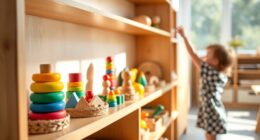As someone who is deeply concerned about the well-being of children, I am greatly troubled by the impact of socioeconomic status (SES) on their development.
Did you know that children from low SES backgrounds are more likely to experience academic struggles, behavioral issues, and mental health challenges?
It’s disheartening that factors like income and education level can hinder a child’s growth and potential.
However, there is hope. By addressing disparities in SES and providing equal opportunities, we can help all children thrive.
Let’s explore the research and evidence behind the impact of SES on child development and the strategies to create a more equitable society.
Key Takeaways
- SES, or Socioeconomic Status, plays a crucial role in shaping a child’s experiences, opportunities, and overall well-being.
- Children from low SES backgrounds often lack access to quality healthcare, nutritious food, and stimulating environments, leading to lower academic achievement, increased behavioral problems, and higher rates of mental health issues.
- SES has a significant impact on various aspects of a child’s development, including cognitive abilities, language skills, and social-emotional well-being.
- Addressing socioeconomic disparities is crucial for creating an equitable society where all children have equal opportunities to thrive, and interventions in education, healthcare, and employment are necessary to provide equal access and support for children from low SES backgrounds.
The Influence of SES on Cognitive Development
The influence of SES on cognitive development is crucial in understanding the disparities in academic achievement and opportunities for children from low socioeconomic backgrounds. Research has consistently shown that children from low SES backgrounds are at a disadvantage when it comes to developing executive functioning skills, which are essential for academic success.
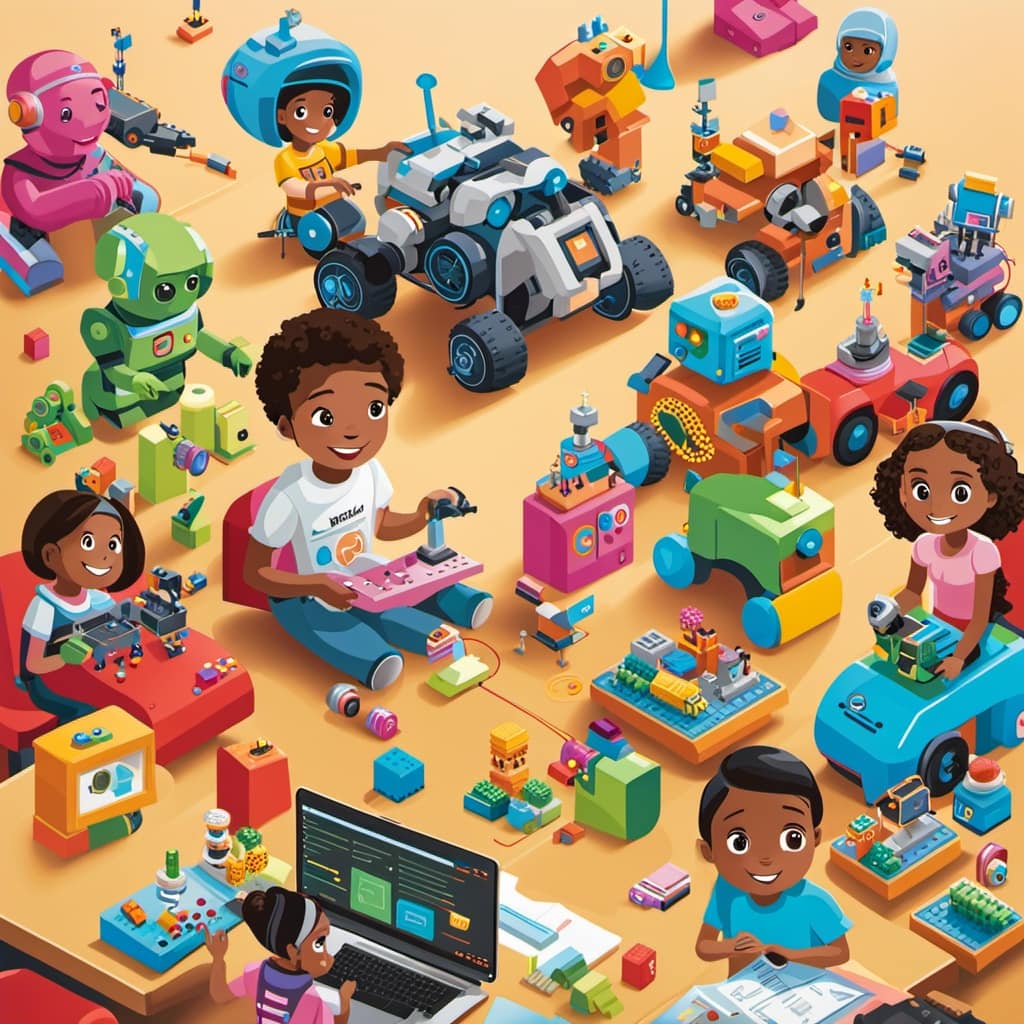
Executive functioning skills include abilities such as working memory, attention control, and problem-solving. These skills are strongly linked to academic achievement and are influenced by the socioeconomic context in which children grow up. Children from low SES backgrounds often face environmental stressors, limited access to quality education, and fewer opportunities for enrichment activities, all of which can hinder the development of executive functioning skills.
Understanding the impact of SES on executive functioning skills is crucial for implementing interventions and policies that can support academic achievement and promote equal opportunities for all children.
Socioeconomic Disparities and Language Skills in Children
Growing up in a low SES household, I experienced firsthand the challenges that socioeconomic disparities can pose on a child’s language skills. Research has consistently shown that socioeconomic disparities and early literacy skills in children are closely linked.
Children from disadvantaged communities often face limited access to quality early language experiences, such as exposure to books, vocabulary-rich conversations, and educational resources. These disparities can significantly impact their language development and subsequent academic achievement.
Socioeconomic factors, such as low income and limited educational resources, create barriers that hinder language acquisition and vocabulary development. Moreover, the impact of SES on language development in disadvantaged communities extends beyond childhood, affecting long-term educational and employment opportunities.
To address these disparities, it is crucial to implement interventions that provide equal access to quality early language experiences and support for children in low SES households.
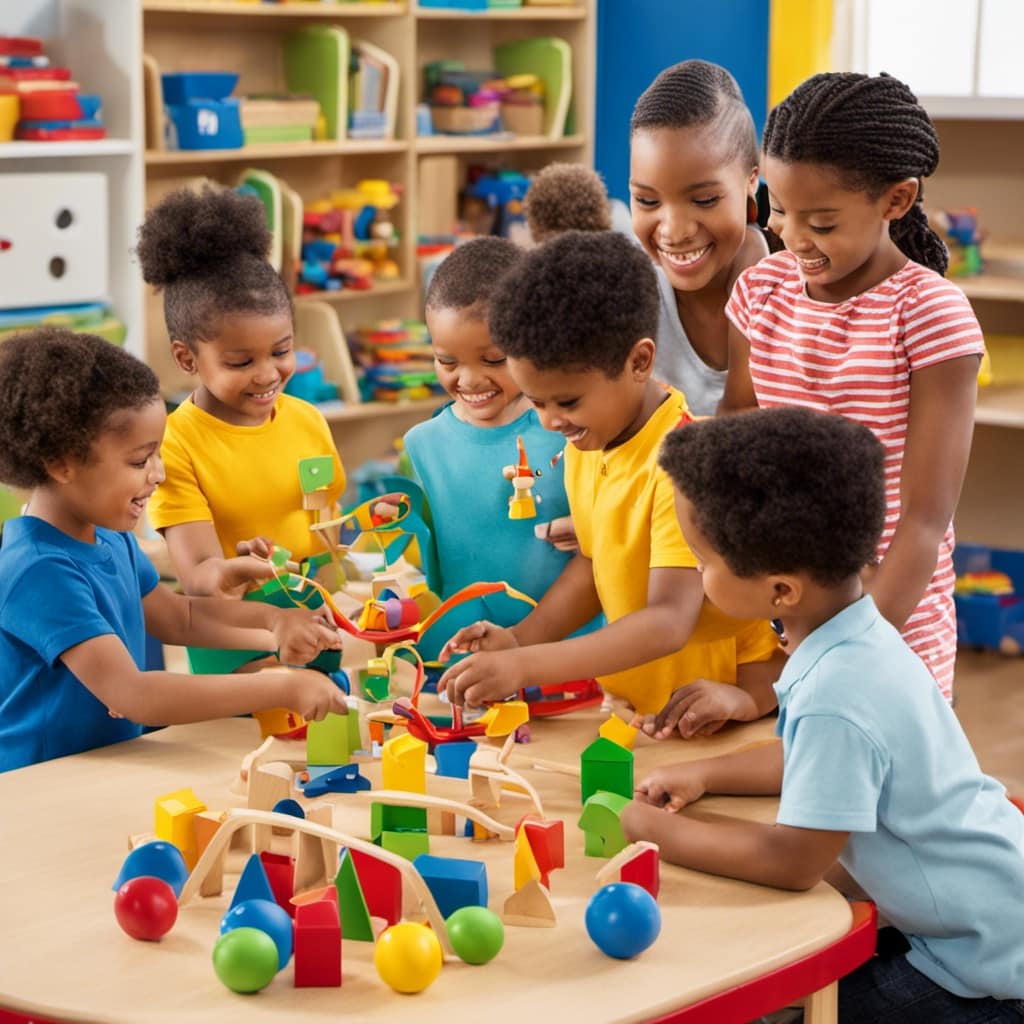
The Role of SES in Social-Emotional Development
Experiencing the role of SES in my own social-emotional development, I understand how socioeconomic factors can shape a child’s emotional well-being and interpersonal skills. Parental involvement and resilience building play pivotal roles in mitigating the negative effects of low SES on social-emotional development.
| Parental Involvement | Resilience Building |
|---|---|
| Engaging in positive parent-child interactions | Developing coping skills |
| Providing emotional support and guidance | Encouraging problem-solving abilities |
| Creating a nurturing and supportive home environment | Fostering self-esteem and self-efficacy |
Research shows that children from low SES backgrounds often face increased stressors, such as financial instability and limited access to resources. However, when parents are actively involved in their child’s life and provide a supportive environment, it can buffer the negative impact of low SES on social-emotional development. Additionally, resilience-building strategies enable children to develop essential skills to navigate adversity and enhance their emotional well-being. By addressing the role of SES in social-emotional development and promoting parental involvement and resilience building, we can foster healthier outcomes for children from low SES backgrounds.
Addressing SES Disparities in Access to Quality Education
As someone who has personally witnessed the effects of socioeconomic disparities, I believe it is crucial to prioritize equal access to quality education for all children. Strategies for reducing educational disparities in low SES communities are essential in creating a more equitable society.
One key factor in overcoming barriers to quality education is the role of parental involvement. Research has consistently shown that parental involvement positively impacts a child’s academic achievement and overall educational outcomes. When parents are actively engaged in their child’s education, they can advocate for resources, provide support at home, and reinforce the importance of education.
Additionally, parental involvement can bridge the gap between home and school, creating a collaborative partnership that enhances the educational experience for the child. By implementing strategies that promote parental involvement, we can reduce educational disparities and ensure that all children, regardless of socioeconomic status, have access to a quality education.
Health Disparities and SES: Impact on Child Development
I have observed firsthand how health disparities linked to socioeconomic status can profoundly influence a child’s development. The impact of SES on physical health outcomes in children is significant, with those from lower SES backgrounds facing higher rates of chronic illnesses and inadequate nutrition. These disparities can have long-lasting effects on a child’s overall well-being and development. Research has consistently shown that SES disparities and early childhood development are closely intertwined. Children from lower SES backgrounds often lack access to quality healthcare, nutritious food, and stimulating environments, which can hinder their cognitive abilities, language skills, and social-emotional well-being. It is crucial to address these socioeconomic barriers and provide equal opportunities for all children to ensure their optimal growth and development. To highlight the emotional impact of these disparities, I have included the following table:
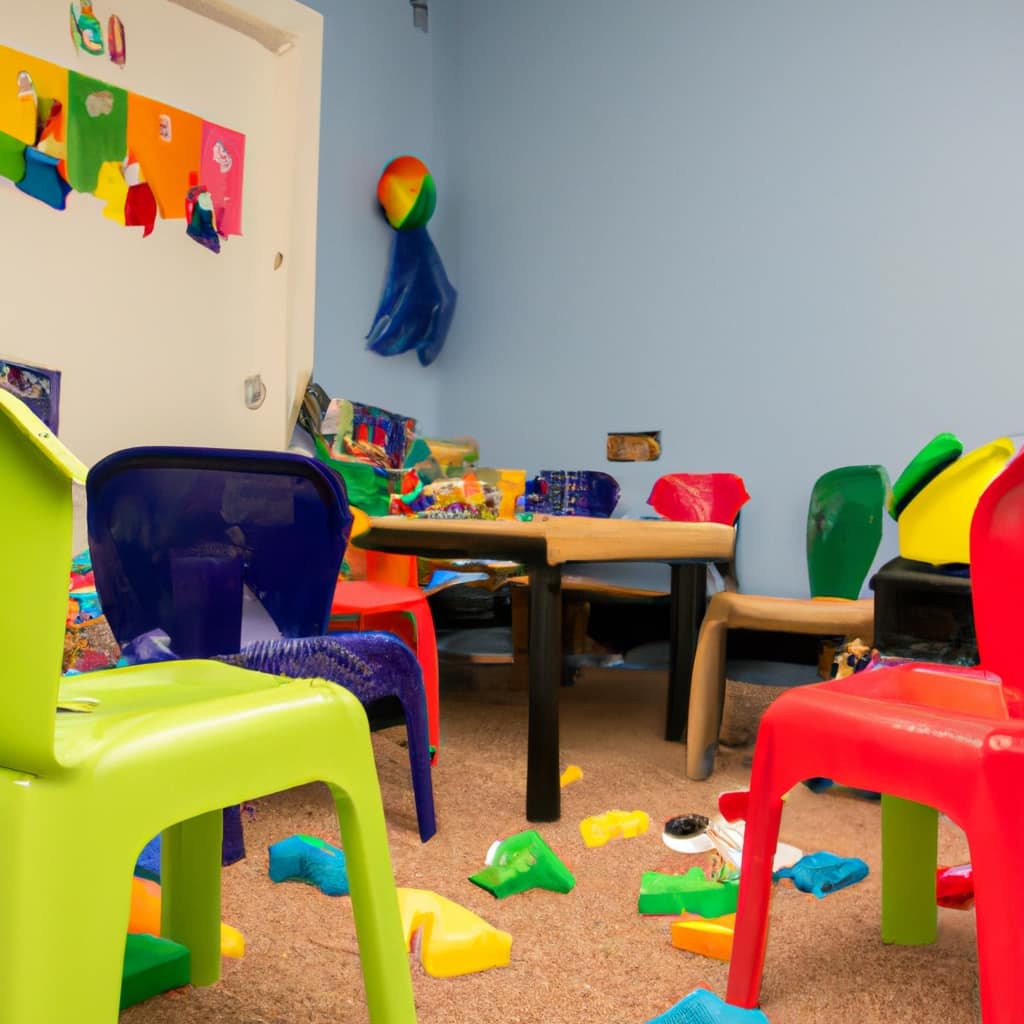
| SES Level | Physical Health Outcomes | Emotional Well-being |
|---|---|---|
| Low SES | Higher rates of illnesses | Increased stress levels |
| High SES | Better overall health | Lower levels of anxiety |
| Disparities | Health inequalities | Emotional distress |
This table serves to evoke a sense of urgency and empathy towards the issue, emphasizing the need for action to address the impact of SES on child development.
Breaking the Cycle: SES and Long-Term Educational Attainment
Breaking the cycle of socioeconomic status is crucial for ensuring long-term educational attainment and equal opportunities for all individuals.
SES, particularly intergenerational poverty, can have a profound impact on a child’s educational prospects. Research has shown that children from low SES backgrounds face numerous barriers that hinder their academic success, such as limited access to quality education and inadequate resources.
However, breaking this cycle is not solely the responsibility of the individual. Community support plays a vital role in addressing SES disparities. By providing resources and support to families in low SES communities, we can create a more equitable society where all children have the opportunity to thrive.
Community organizations, schools, and government initiatives can work together to ensure that children from low SES backgrounds have access to quality education, healthcare, and other essential services. By addressing the root causes of SES disparities and providing comprehensive support, we can break the cycle and create equal opportunities for all individuals.
SES and Career Opportunities: Breaking Barriers for Children
In my research on the impact of SES on child development, I have discovered that socioeconomic status plays a crucial role in shaping a child’s future career opportunities.

Children from low SES backgrounds often face numerous barriers when it comes to accessing quality education and resources needed to succeed in their chosen careers. These barriers can include limited educational support at home, overcrowded classrooms, and a lack of exposure to diverse career options.
However, it is essential to address these socioeconomic obstacles and break the cycle of inequality. By providing equal opportunities and support for children from low SES backgrounds, we can empower them to overcome these barriers and pursue their career aspirations.
This can be achieved through targeted interventions such as mentorship programs, career guidance, and scholarships aimed at leveling the playing field and ensuring that all children have equal access to career opportunities.
Strategies for Mitigating the Long-Term Effects of SES
To mitigate the long-term effects of socioeconomic status, it is crucial to implement strategies that provide equal access to quality education, healthcare, and employment opportunities for children from low SES backgrounds. These strategies for intervention are essential in overcoming socioeconomic barriers and promoting equal opportunities for all children.
-
Early Childhood Education Programs: Investing in high-quality early childhood education programs can help level the playing field for children from low SES backgrounds. These programs provide a strong foundation for cognitive, social, and emotional development, setting children up for future success.
-
Comprehensive Healthcare Services: Ensuring access to affordable and comprehensive healthcare services is vital for addressing health disparities in low SES communities. This includes regular check-ups, preventive care, and mental health support.

-
Job Training and Placement Programs: Creating job training and placement programs that target individuals from low SES backgrounds can help break the cycle of poverty. These programs provide the necessary skills and resources for individuals to secure stable employment and improve their socioeconomic status.
-
Community Engagement and Support: Building strong community networks and support systems is crucial for overcoming socioeconomic barriers. This includes providing mentorship programs, financial literacy education, and access to resources that empower families and individuals to thrive.
Promoting Equality: Addressing SES Disparities in Society
As someone passionate about promoting equality, I believe it is crucial to address the socioeconomic disparities in society. Promoting equality means tackling the disparities in healthcare that stem from socioeconomic status (SES).
Individuals from low SES backgrounds often face barriers in accessing quality healthcare, leading to poorer physical and mental health outcomes. This cycle of disadvantage is perpetuated through intergenerational poverty, where children born into low SES families are more likely to remain in poverty as adults.
Breaking this cycle requires targeted interventions that address the root causes of SES disparities, such as improving access to quality education, healthcare, and employment opportunities.
Creating an Equitable Society: Importance of Addressing SES Disparities
As I discussed in the previous subtopic, addressing socioeconomic disparities is crucial for promoting equality and ensuring that all children have equal opportunities to succeed.

Now, let’s explore the importance of creating an equitable society by addressing SES disparities and the role of advocating for policy reform in achieving systemic change.
-
Creating Systemic Change: In order to create lasting impact and address SES disparities, we need to focus on creating systemic change. This involves identifying and addressing the root causes of socioeconomic disparities, such as income inequality and limited access to resources.
-
Advocating for Policy Reform: Policy reform plays a vital role in addressing SES disparities. By advocating for policies that promote equal access to quality education, healthcare, and employment opportunities, we can create a more equitable society. This includes policies that address income inequality, provide support for low-income families, and ensure equal opportunities for all children.
-
Promoting Social and Economic Mobility: Addressing SES disparities is not only about equality, but also about promoting social and economic mobility. By providing equal opportunities for children from low SES backgrounds, we can break the cycle of poverty and create a society where everyone has a chance to thrive.
-
Building a Stronger Society: Creating an equitable society by addressing SES disparities benefits not only individuals and families, but also the society as a whole. When all children have equal access to education, healthcare, and opportunities, they can contribute to the development and progress of society. By investing in the well-being and success of all children, we are building a stronger and more prosperous society for everyone.
Frequently Asked Questions
How Do Socioeconomic Disparities Impact a Child’s Access to Quality Healthcare?
Socioeconomic disparities impact a child’s access to quality healthcare by creating barriers such as limited resources and inadequate insurance coverage. These barriers contribute to higher rates of chronic illnesses and hinder overall well-being and development.

What Are Some Strategies for Addressing the Long-Term Effects of SES on Educational Attainment?
To address the long-term effects of SES on educational attainment, we can implement strategies such as targeted interventions, increased access to quality education, and comprehensive support systems. These efforts have policy implications for creating equitable opportunities for all children.
How Does SES Influence Career Opportunities for Children From Low Socioeconomic Backgrounds?
SES significantly influences career opportunities for children from low socioeconomic backgrounds. Limited access to quality education and resources hinders long-term prospects. Addressing socioeconomic disparities is crucial in providing equal opportunities and promoting upward mobility for all children.
What Are Some Specific Ways in Which Socioeconomic Disparities Can Affect a Child’s Social-Emotional Development?
Socioeconomic disparities can significantly impact a child’s social-emotional development. Limited access to resources, quality education, and healthcare can lead to increased stress, lower self-esteem, and difficulties in forming positive relationships.
How Can Addressing SES Disparities Contribute to Creating a Fair and Just Society for All Children?
Addressing SES disparities creates a fair and just society by creating equal opportunities for all children. Breaking the cycle of low SES allows children to access quality education, healthcare, and support, improving their overall well-being and future prospects.
Conclusion
In conclusion, it is evident that socioeconomic status (SES) plays a significant role in child development and has far-reaching consequences for individuals and society as a whole. The disparities in SES result in unequal access to resources and opportunities, leading to detrimental effects on children’s cognitive, language, and social-emotional development.
However, by addressing these disparities and implementing strategies to promote equality, we can create a society that values and supports the growth and well-being of all children. Let us strive for a future where every child has an equal chance to thrive and succeed, regardless of their socioeconomic background.

